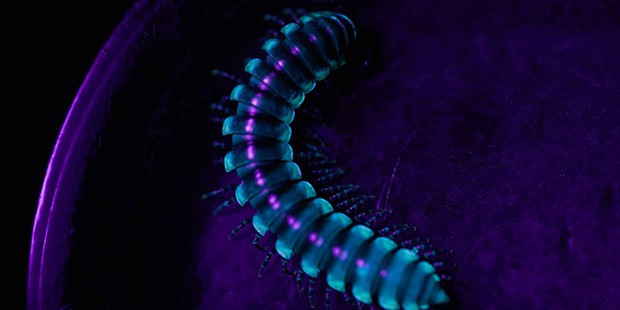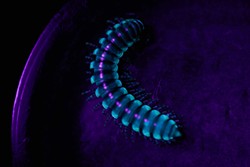[
{
"name": "Top Stories Video Pair",
"insertPoint": "7",
"component": "17087298",
"parentWrapperClass": "fdn-ads-inline-content-block",
"requiredCountToDisplay": "1"
}
]
No Bugs Today
Last week, for the first time in several hundred excursions along the Van Duzen River spanning over 20 years, I saw no bugs. Only the sad remnants of a few abandoned spider webs and a bit of residual leaf damage testified to their existence. Despite a lifetime of experience at picking out tiny critters and a bit of effort, the cold and rainy weather had pushed them all into dormancy and hiding.
There were, however, a great many birds looking for bugs as if their lives depended on it. That's because they do. Insects, spiders and other creepy crawlers are the basic food group for many birds, reptiles, fish and amphibians.
Because insects occupy a place in the biosphere where proteins and other essential nutrients are concentrated, species like swallows and bats are adapted to be strictly insectivorous and many more take supplemental bugs as a part of a balanced diet. Hummingbirds take small flying insects and collect spider silk to line their nests.
No matter the weather, I always see something marvelous in the woods.
All Aglow
The other day I received my new ultraviolet (black light) 51 LED flashlight from Amazon.com ($9.99). It's a significant upgrade from my old one. I discovered that some millipedes glow brilliantly under UV. Outside in the dark it's like a different dimension in a sci-fi story — the trees are in the same places but everything else changes.
Wherever the rhizomes of the redwood sorrel break the surface the black light makes them glow mightily in the yellow green part of the spectrum, while their leaves light up a dim, dark red. Spots where animals have urinated glow a diffuse yellow, bird droppings light up and here and there some (but not all) mushrooms fluoresce in various colors.
The real stars of the show are the millipedes. While some light up brilliantly throughout their entire body, the cyanide millipede (Harpaphe haydeniana) appears as a twin chain of moving dots. It gets its common name from emitting hydrogen cyanide when it is disturbed. A bit of research on millipedes (class Diplopoda) led me to the High Sierra genus Motyxia, whose members glow even without the need for a black light. There is an interesting article with a cool video clip of them on www.nationalgeographic.com.
more from the author
-
HumBug: Early Spring Pollinators
- Apr 12, 2020
-
HumBug: A Recipe for History
- Apr 5, 2020
-
HumBug: Bugs in the City
- Mar 29, 2020
- More »

































